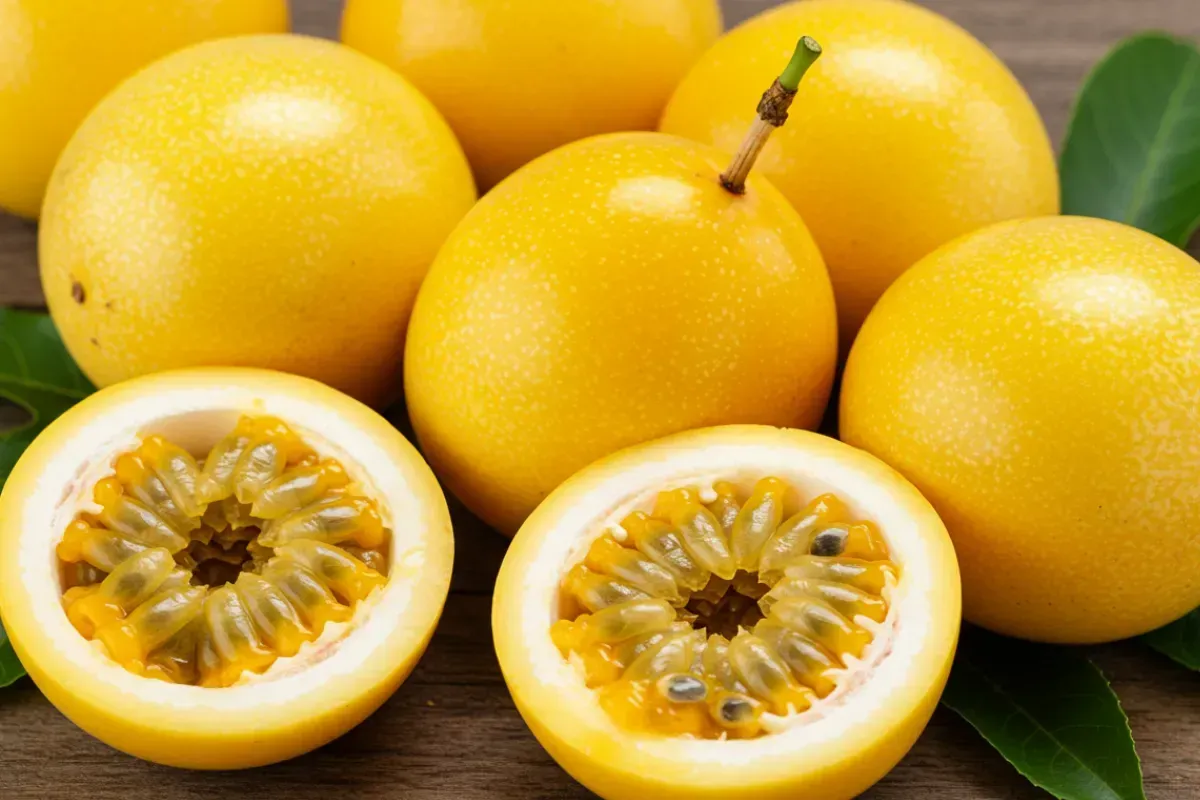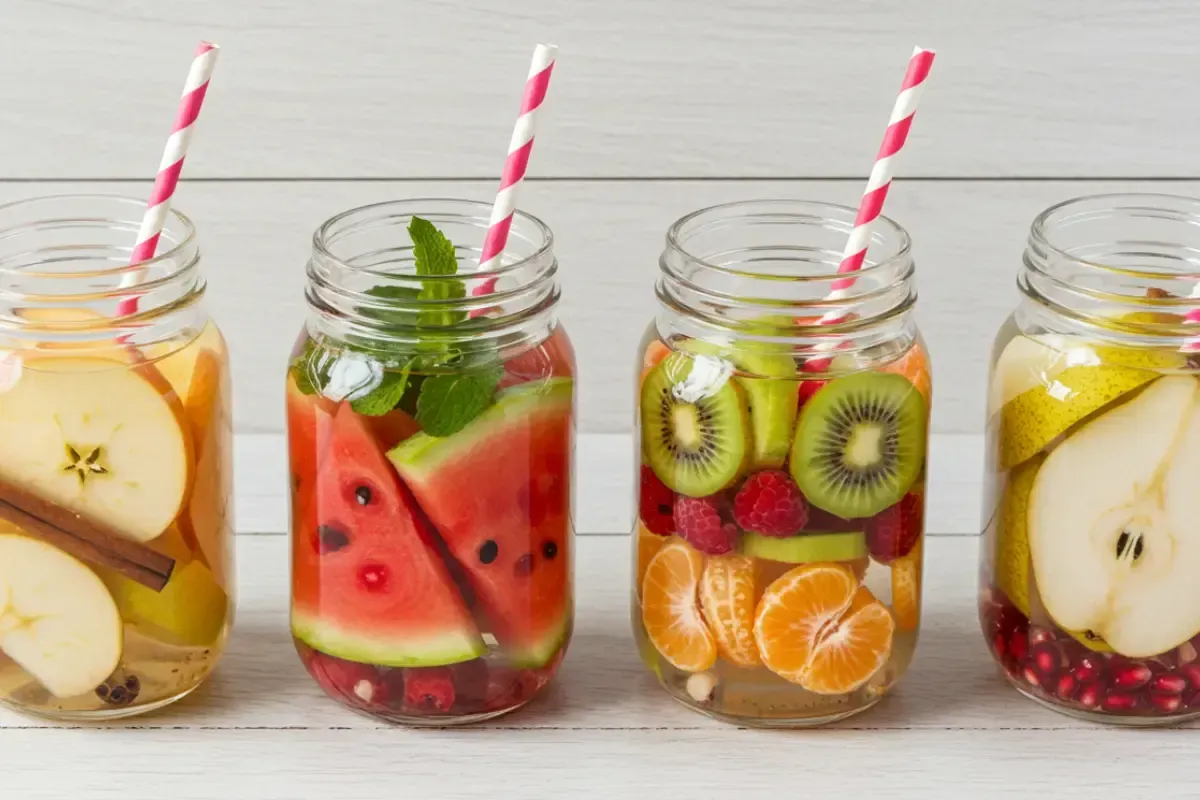Ripe fruit: 5 tips to mastering the processes behind it
Alimentos SAS • Jul 28, 2021
Consumers look for bright-colored, sweet fruit to bring home. Buyers also use it in their businesses. But, how is fresh produce handled so we can enjoy ripe fruit? Keep reading to learn more about the industrial processes behind it and five tips for mastering them.
Ripe fruit 101
Ripe fruit refers to the ideal state for consumption, either as a whole or as other products, such as fruit puree. Before becoming ripe, fruit tends to be sour, bitter, bland, or even inedible (Staughton, 2020). Some general guidelines for identifying ripeness include (Corriher, n.d.):
- Aroma. Full-bodied fragrances are a good indicator of ripeness.
- Tenderness.
- Weight. Heavy fruit is usually fully mature.
Moreover, ripe fruit is usually soft, sweet, and bright in color. Why? As a fruit ripens, its cell walls begin breaking down, starches become simpler sugars (like glucose and fructose), and pigments accumulate (Oakes, 2019).
Additionally, some nutrient levels can increase during this process. For example, vitamin C rises in tomatoes and bell peppers as they ripen (Staughton, 2020). The same goes for some antioxidants, such as the anti-inflammatory anthocyanins in deep red, blue or purple fruit (Huang, 2016). Lastly, all kinds of fruit fall into two categories in terms of ripeness (Oakes, 2019):
- Climacteric fruit continues ripening once picked. Some examples include apples, bananas, pears, blueberries, and peaches.
- Non-climacteric fruit stops ripening after picking, like lemons, raspberries, strawberries, grapes, and watermelons.
The importance of ripe fruit
Simply put, ripe fruit tastes better and is more enticing to consumers. As a result, the agricultural industry has many practices in place to provide fresh, ripe products. Some of them are manual techniques to delay ripening. Others involve sophisticated processes using technology.
Whatever the case, managing produce ripeness tends to lead to longer shelf life. This poses multiple benefits for producers and consumers alike (ISAAA, 2020):
- A steady offer of top quality products.
- Wider market opportunities for farmers, as their produce can be transported and stored for extended periods.
- Fewer post-harvest losses, with more harvested fruit making it to retail shelves.
Furthermore, preserving fruits by managing their ripeness feeds into material management processes in food businesses that use ripe fruit in varied forms (like purees) to make their own products.
5 tips to mastering industrial ripening
Next up, you will find five useful tips to help you master the industrial processes used to provide ripe fruit continuously.
1. Timely harvest
First thing’s first: you need to pick the fruit at the right time. As a fruit starts to ripen, it releases ethylene gas. If the concentration of this gas reaches a certain point in the environment (0.1-1.0 parts per million), ripening will be unstoppable. Picking fruit before this occurs can lead to longer storage times (Oakes, 2019).
2. Store at the right temperature
One of the main ripening-delaying processes is cold storage. In general, low temperatures slow a fruit’s internal chemical reactions that lead to ripening. However, produce responds unfavorably to storage below its prime temperature. It can excessively soften or blacken (Taylor, 2021).
So be mindful of each product’s range. For instance, peaches need to be kept at -1 to 0 °C (30.2 to 32 °F). However, apples can be stored between 0-4 °C (32-39.2 °F) (Taylor, 2021).
3. Keep humidity stable
Humidity also influences the processes to attain ripe fruit. Some products need cold, moist environments, like apples, berries, and pears. Others, such as oranges and peaches, keep their quality best in cool and dry facilities. Humidity levels have to remain stable, especially in refrigerated storage units, as changes can either dehydrate or frost products (Taylor, 2021).
4. Manage the atmosphere
Apart from temperature and humidity, other variables play a part in ripening. Fruit requires oxygen to make ethylene, so producers use controlled-atmosphere storage (CAS) systems to keep oxygen low (2%) and increase carbon dioxide to slow down the ripening process (Oakes, 2019).
5. Regulate ethylene levels
As ethylene promotes ripening, another leading practice is effectively regulating its levels. Some farmers pick their produce early and then spray it with this gas to induce ripening (ISAAA, 2020).
In contrast, some others look for ways to delay ripening at the source. Scientists have developed ways to genetically modify how fruit reacts to ethylene. These procedures suppress gene expressions or insert genes. They can also change ethylene receptors in fruit (ISAAA, 2020).
As
ripe fruit is a coveted product among consumers and food industry businesses, implementing the best ways to obtain it successfully and in due time is pivotal.















